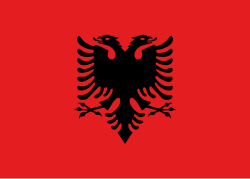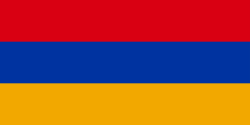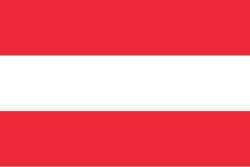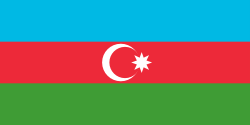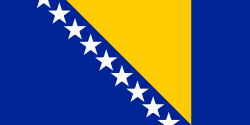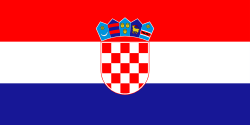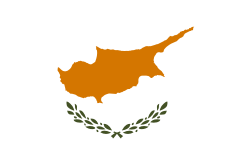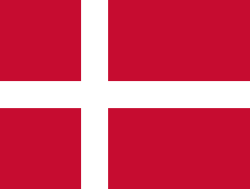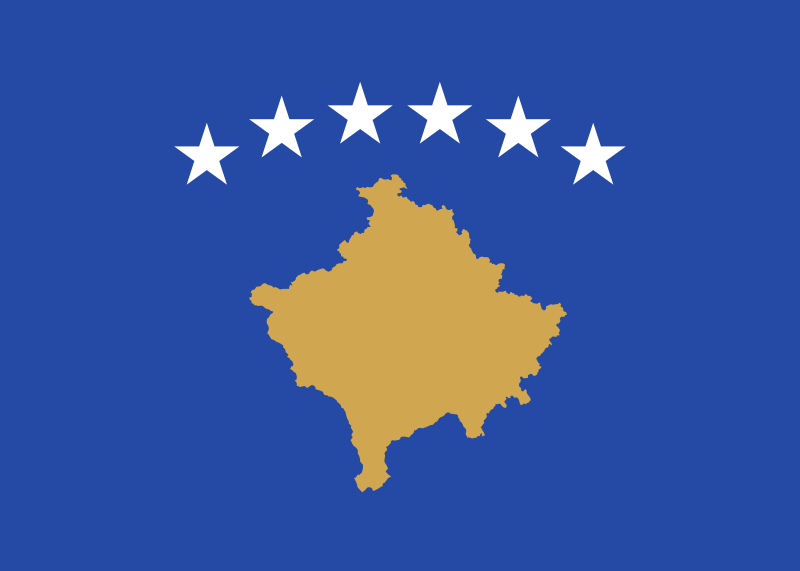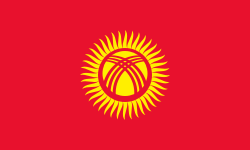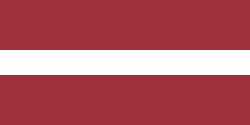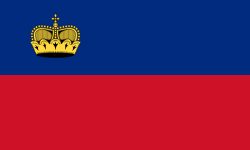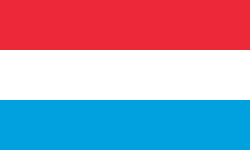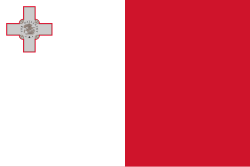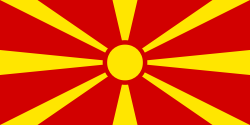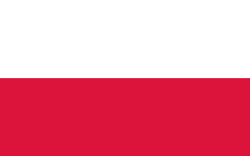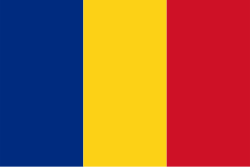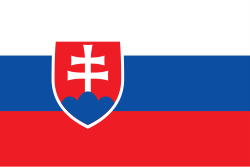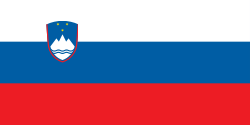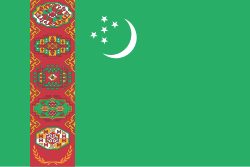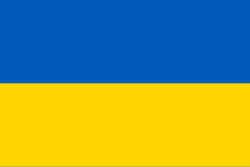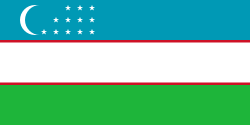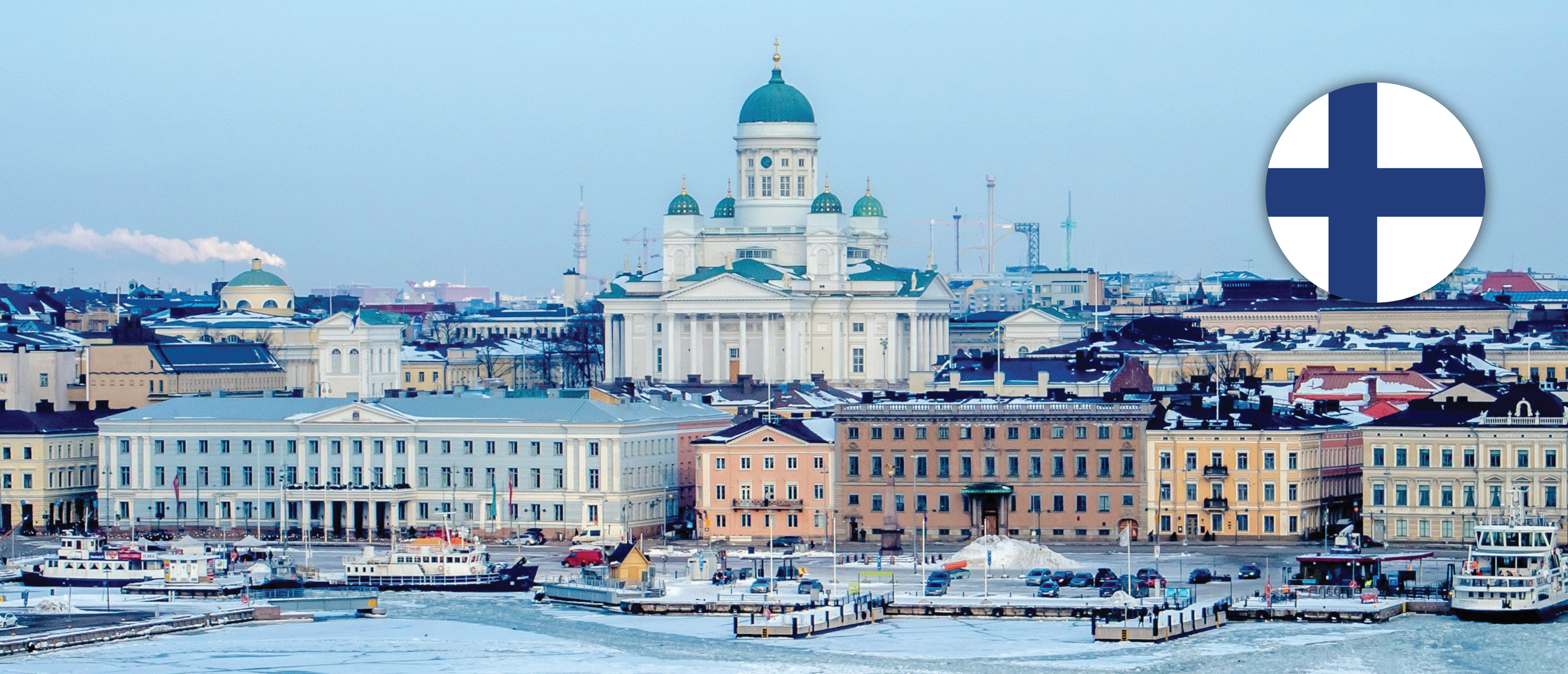General Information
Population
Immigration
Emigration
Working-age population
Unemployment rate
GDP
Refugees, Asylum seekers, IDPs
Citizenship
Territory
Migration Authorities
Responsible Body
Line Ministries
Agencies
Key Policy Documents
Reform of the Act on the Promotion of Immigrant Integration (KOTO24) (2024)
Act on Temporary Measures to Combat Instrumentalised Migration (2024)
Action Plan Against Labour Exploitation (2024)
Trafficking in Persons Report: Finland (2024)
Strategy of Expartiate Finns 2022-2026 (2021)
Action Plan for the Prevention of Irregular Entry and Stay (2021-24) (2021)
Act on the Promotion of Immigrant Integration (2010)
Act on Reception Points and Centres for Asylum Seekers (1991)
Description
Since the late 1980s, Finland has evolved into a country of immigration. In 2024, its population reached 5,635,971, up from 5,181,000 in 2000. This steady growth is driven by immigration – net migration more than tripled from 13,731 persons in the early 2010s to over 47,000 persons in 2024, while natural population growth has declined since 2010 and remained negative since 2016.
According to Statistics Finland, 11% of the population in 2024 had foreign background, including both foreign-born residents and those born in Finland to foreign-born parents. Between 2019 and 2024, Estonian nationals remained the largest group of immigrants (50,444 in 2024). The most significant development was the sharp increase in the number of Ukrainian residents, from little over 5,000 in 2019 to over 41,000 in 2024, which made them the second-largest foreign nationality group after Estonians. The number of Russian and Chinese nationals also rose considerably, from 28,528 to 35,172, and from 9,825 to 15,687, respectively.
According to UN DESA, the stock of international migrants in Finland stood at 514,432 people in 2024. In 2024, the immigration flow approached 64,000 – the second largest figure since the 1990s – with most immigrants being citizens of Ukraine (13,378), the Philippines (2,972), Nepal (2,667), Sri Lanka (2,609), and Sweden (2,470). That same year, the number of first residence permits issued to non-EU nationals amounted to 46,512, up from 23,432 recorded in 2019, with most permits issued for family and educational reasons, followed by employment.
The number of citizenship applications rose sharply in 2023-2024, partly in anticipation of changes proposed in the Government Programme. An amendment to the Citizenship Act, effective 1 October 2024, extended the general residence period for naturalisation from five to eight years. Application numbers remained high until the amendments entered into force, after which they dropped significantly. In 2024, 13,973 people acquired Finnish citizenship. The largest groups of new citizens originated from Russia (1,624 persons), Iraq (1,352), Afghanistan (739), Syria (707), and Somalia (653).
According to the UN DESA, 181,834 Finnish citizens were residing abroad in 2024. Over the past decade, emigration from Finland has fluctuated but remained relatively stable, ranging between 13,500 to 19,000 departures annually. The highest outflow was recorded in 2016, when more than 19,000 individuals emigrated, while the lowest occurred in 2020 during the COVID-19 pandemic. Since then, emigration has rebounded, stabilising at 15,000-17,000 people per year. Emigrants from Finland most commonly leave for other European countries, with Sweden remaining the primary destination due to close historical and cultural ties. In 2024, other popular European destinations included Estonia, Germany, Spain, the United Kingdom, Denmark, and Norway. Outside Europe, notable destinations were Asia (2,037 emigrants) and the Americas (1,335), with the United States (875) being the leading non-European destination.
Despite the number of conflicts and crises around the globe, the number of asylum applications in Finland remains moderate. In 2024, it recorded 2,948 asylum applications, 45% fewer than in 2023. Most asylum seekers were citizens of Somalia, Iraq, Afghanistan, Syria, and Nigeria. As the number of residents at reception centres decreased considerably, the Finnish Immigration Service decided to close 18 centres. In 2024, Finland issued 1,581 positive asylum decisions, most often granting protection to nationals of Syria, Somalia, Russia, and Afghanistan. Finland participated in refugee resettlement since 1979 and introduced a permanent annual quota in 1985. In 2025, the country plans to resettle 500 individuals, including Afghans from Iran, Congolese from Rwanda and Syrians from Türkiye. In addition, Finland will resettle 31 refugees evacuated from Libya to Rwanda – mainly Sudanese, Ethiopian, and Eritrean nationals – through the Emergency Transit Mechanism. According to UNHCR, Finland hosted over 93,182 refugees in 2024, most of them from Ukraine, Iraq, and Afghanistan.
Following Russia’s invasion of Ukraine, Finland activated the EU Temporary Protection Directive. As of July 2025, 74,685 beneficiaries of temporary protection resided in Finland. A study commissioned by the Finnish Ministry of the Interior on the integration of Ukrainians found that 67% of respondents had actively sought employment, while only 30% were employed, mainly in the food industry (17%), property maintenance, including cleaning (12%), and manufacturing (12%).
In 2024, 875 non-EU nationals found to be illegally present in Finland, down from 1,100 in 2023. The largest groups originated from India (65), Türkiye (55), Syria (55), Iran (50), and Iraq (50). That year, 3,865 persons received an order to leave, and 1,235 persons were returned. Moreover, deportation decision was made on 1,965 cases, with most due to expired or revoked residence permits. Voluntary returns also increased, with 313 people returning to their countries of origin in 2024, up from 181 in 2023. Returnees came from 48 countries, with the highest number going to Russia (74), Iraq (67) and Georgia (22).
According to the 2024 US State Department Trafficking in Persons Report, Finland continued to demonstrate serious and sustained efforts to combat trafficking. In February 2024, it adopted an Action Plan to prevent labour exploitation, focusing on comprehensive measures, stronger anti-trafficking efforts, and improved information exchange among authorities. Anti-trafficking coordination is led by the Anti-Trafficking coordinator of the Ministry of Justice, supported by a dedicated secretariat, and complemented by the Non-Discrimination Ombudsman, who serves as the national rapporteur. In 2023, the National Bureau of Investigation investigated 152 trafficking cases, up from 121 cases in 2022. Authorities prosecuted 48 trafficking cases, and courts convicted six traffickers in 2023.
The Finnish Ministry of the Interior launched a project to prepare the legislative amendments required to implement the new EU Pact on Migration and Asylum in Finland. The Government aims to establish an asylum policy that prioritises assistance for the most vulnerable people, prevents misuse of the asylum system, and tightens procedures related to the departure or removal of rejected asylum seekers.
Finland's migration governance framework has undergone significant reforms in recent years, particularly through updates to the Aliens Act and Reform of the Act on the Promotion of Immigrant Integration. These changes aim to strengthen integration, employment, language skills, while promoting equality and positive interactions between population groups. In March 2025, the Government proposed further amendments to the Citizenship Act, tightening identity verification and financial self-sufficiency requirements. Additional reforms introduced tighter family reunification rules, effective 16 June 2025, establishing a new minimum age of 21 for spouses applying for a permit and requiring sponsors with international protection status who have resided in Finland for at least two years. The temporary Border Security Act, allowing authorities to return asylum seekers arriving irregularly from Russia in response to perceived instrumentalised migration, was also extended until the end of 2026. Earlier measures simplified residence conditions for students and researchers granting permits for the full duration of studies, extending work rights to 30 hours per week, and granting two-year post-graduation job-seeking permits. The Finnish Immigration Service has also introduced a fast-track system to process residence permits for workers and students within one month – nine days on average for specialists and students – and strengthened automated monitoring to ensure compliance and withdraw unjustified permits.
Finland officially endorsed the Global Compact for Safe, Orderly and Regular Migration. The country is the party to several migration dialogues, including the Prague Process.
